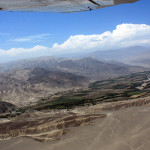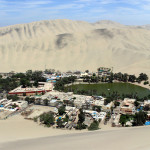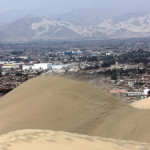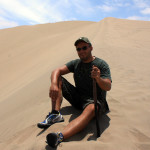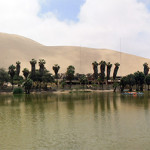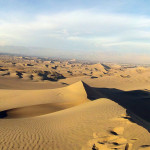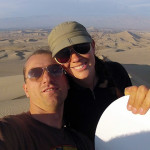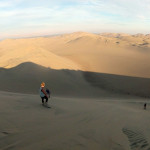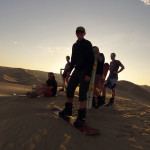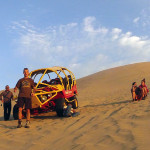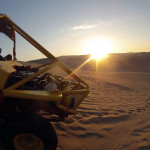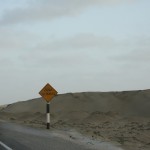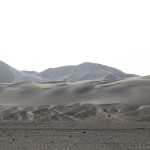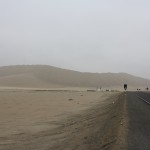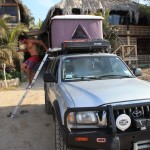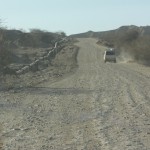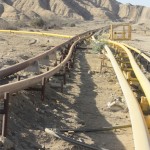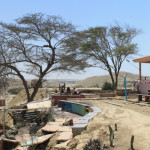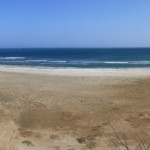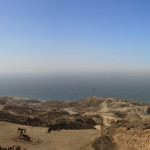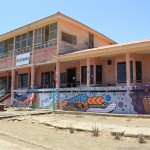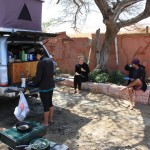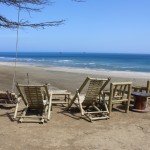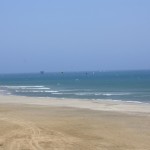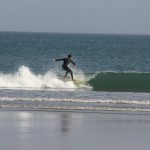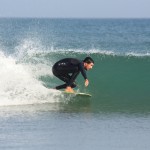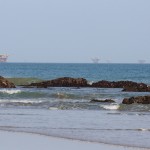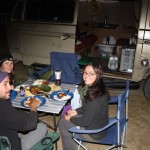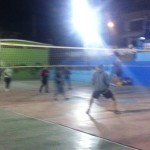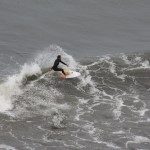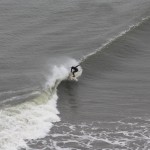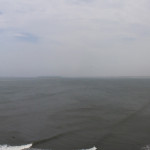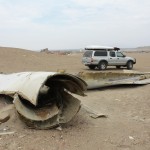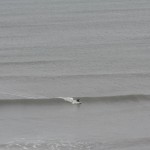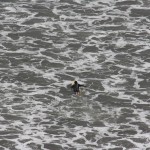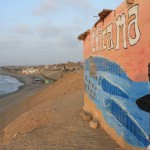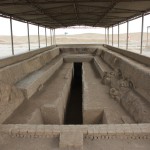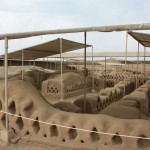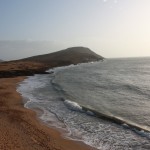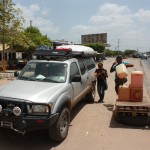Strange, the ground is shaking. Looking around, I notice the airport staff fleeing out into the blinding desert sunshine. I should track down my boyfriend and travel companion – he’d be looking for me. He wasn’t. I found the Georges by Vida watching the distant dust clouds in the city and surrounding mountains.
We had just experienced a 7.0 magnitude earthquake at the airport in Nazca Peru. Conferring with airport staff, we learned there was thankfully only minor damage in the nearby town.
Half an hour later, we would be boarding our 7-seater prop plane to fly over the Nazca lines, a ancient set of extensive and mind-bending geoglyphs etched into the Nazca desert. The flight lasted about 45 minutes and took us over the majority of the lines as well as the agueducts, which are optional. Standouts for me were the hummingbird and “astronaut”. On the way back from the airport, our guide asked us if we wanted to have some fun. I knew immediately what he meant and stubbornly kept shaking my head since I was already very close to loosing my lunch. Mercifully, he got the message.
- The desert is endless along the Peruvian coast
- The Nazca planes
- High above the desert floor
- George I…or Maverick?
- The astronaut
- The hummingbird
- Agueducts
- George M.
- View from the top
- Happy to be back on land
After the flight we paid a quick visit to some Peruvian ancients at Chauchilla Cemetery. Grave robbers had walked off with the treasures long ago leaving the remains exposed to the desert elements which has preserved them alarmingly well. Bonus points go to the many feet of preserved braided hair.
Some practical information about the Nazca lines:
The Tower
Driving toward Nazca, you’ll encounter a tower that overlooks some of the lines which you can climb for a small fee. If you’re planning to take the flight, the tower is definitely not worth the time or money. If you are not taking the flight, it’s debatable but will only set you back something like 2 soles.
Sleeping
Hotel Maison Suisse directly across from the Nazca airport hosts overlanders.
Safety
The Nazca flights have a terrible reputation of being unsafe. A friendly person in Huacachina filled us in on the history of the flights and the safety record. There had been a number of accidents (plane crashes) up until a few years ago when the Peruvian government moved in and shut down all the unsafe carriers. What remains are three carriers and a number of agencies that you can book through.
Flights & Fees
We flew with Alas Peruanas, but booked through one of the agencies at the airport. There seems to be no reason to book ahead. We also found after some price comparison that everyone is offering similar prices but the agencies as opposed to the carriers seem to offer more wiggle room in terms of prices when trying to fill a plane in our experience. Also keep in mind that there is an additional 20 soles airport tax.
Motion Sickness
Take the pills.









